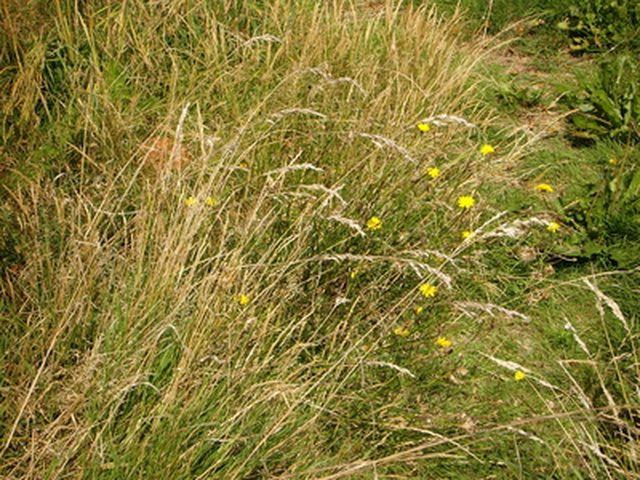Bulbs
Flower Basics
Flower Beds & Specialty Gardens
Flower Garden
Garden Furniture
Garden Gnomes
Garden Seeds
Garden Sheds
Garden Statues
Garden Tools & Supplies
Gardening Basics
Green & Organic
Groundcovers & Vines
Growing Annuals
Growing Basil
Growing Beans
Growing Berries
Growing Blueberries
Growing Cactus
Growing Corn
Growing Cotton
Growing Edibles
Growing Flowers
Growing Garlic
Growing Grapes
Growing Grass
Growing Herbs
Growing Jasmine
Growing Mint
Growing Mushrooms
Orchids
Growing Peanuts
Growing Perennials
Growing Plants
Growing Rosemary
Growing Roses
Growing Strawberries
Growing Sunflowers
Growing Thyme
Growing Tomatoes
Growing Tulips
Growing Vegetables
Herb Basics
Herb Garden
Indoor Growing
Landscaping Basics
Landscaping Patios
Landscaping Plants
Landscaping Shrubs
Landscaping Trees
Landscaping Walks & Pathways
Lawn Basics
Lawn Maintenance
Lawn Mowers
Lawn Ornaments
Lawn Planting
Lawn Tools
Outdoor Growing
Overall Landscape Planning
Pests, Weeds & Problems
Plant Basics
Rock Garden
Rose Garden
Shrubs
Soil
Specialty Gardens
Trees
Vegetable Garden
Yard Maintenance
How to Kill the Grass & Not Flowers
How to Kill the Grass & Not Flowers. Oftentimes, grass will begin to infringe on flower beds. Lack of mulch or gardening borders can give grass a clear path to take over gardens. There are several cultural practices you can employ to kill the grass and not your ornamental plants. Because many broad spectrum herbicides will kill anything they come...

Oftentimes, grass will begin to infringe on flower beds. Lack of mulch or gardening borders can give grass a clear path to take over gardens. There are several cultural practices you can employ to kill the grass and not your ornamental plants. Because many broad spectrum herbicides will kill anything they come into contact with, it is important to use an herbicide that will not kill flowers yet get rid of grass. In addition, there are organic measures you can take to reduce encroaching grass.
Things You'll Need
Shovel
Mulch
Weed killer
Plastic
Bricks
Rocks
Wood
Drive a shovel next to the grass growing into your ornamental flowers. Lift the grass from underneath to ensure getting all of the roots.
Hand pull the grass that is growing within a few inches of the base of your plants. Spread a 6-inch layer of mulch around the base of the plants to lock in the soil moisture and keep weeds at bay.
Choose an herbicide that will not spread to other ornamental plants, yet will kill targeted grass. The active ingredient in the product should be 50.2 percent glyphosate. Pick a brand of weed killer that will not spread through the soil to kill the rest of the plants in the garden. In addition, there are newer products out that are made in a gel that stick to the grass growth.
Pick a day to spray your grass that is dry. Spray the grass blades. If you are worried about wind carrying the weed killer to the other plants, place a piece of plastic over the ornamental plants.
Repeat the weed killer application in a couple of weeks. Even though you may have killed the existing grass, grass seeds will still germinate and require a weed killer application after they sprout.
Tips & Warnings
Add a border made from plastic, bricks, wood or rocks to separate your grass from your garden beds to prevent future grass growth.
Avoid killing your ornamental plants by washing off herbicide spray from the plants if it lands on their leaves or stems.